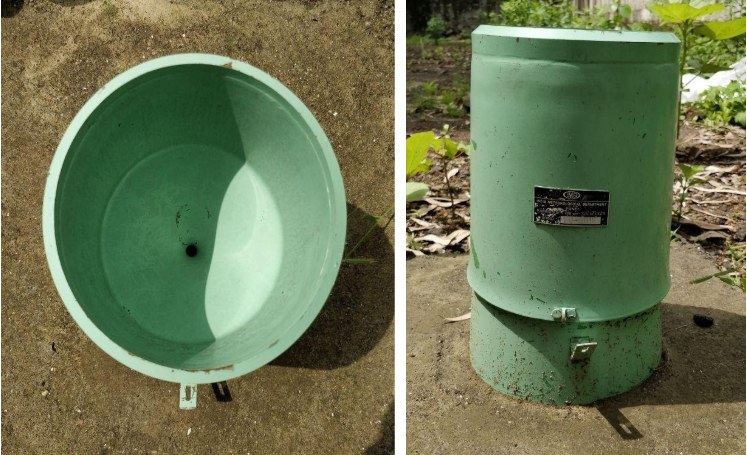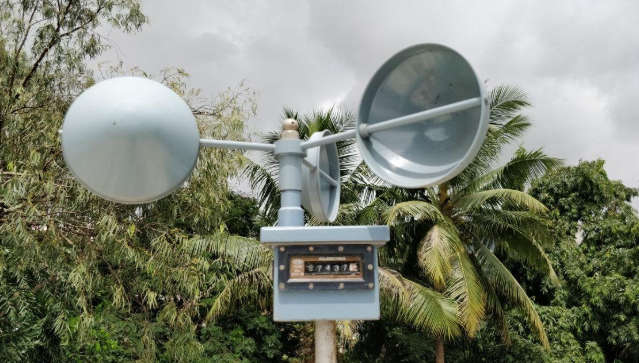Indian Meteorological Department has installed weather Monitoring Station at Thane Belapur Industries. The TBIA staff has under gone training on the Measurement of Meteorological Observatory from Scientist of Indian Metrological Department. The Meteorological readings are taken on daily basis at set intervals and telegraphic report is generated and forwarded to Indian Meteorological Dept. by Mr. Anil Chougule who is responsible for weather monitoring.
Details of Instruments & its Function
STEVENSON SCREEN

A Stevenson screen or instrument shelter is a shelter or an enclosure to shield meteorological instruments against precipitation and direct heat radiation from outside sources, while still allowing air to circulate freely around them.[1] It forms part of a standard weather station. The Stevenson screen holds instruments that may include thermometers (ordinary, maximum/minimum), a hygrometer, a psychrometer, a dewcell, a barometer and a thermograph. Stevenson screens may also be known as a cotton region shelter, an instrument shelter, a thermometer shelter, a thermoscreen or a thermometer screen. Its purpose is to provide a standardised environment in which to measure temperature, humidity, dewpoint and atmospheric pressure.
RAIN GAUGE

A rain gauge (also known as an udometer, pluviometer, or an ombrometer) is an instrument used by meteorologists and hydrologists to gather and measure the amount of liquid precipitation over a set period of time.
WEATHER VANE

A weather vane, wind vane, or weathercock is an instrument for showing the direction of the wind. They are typically used as an architectural ornament to the highest point of a building.
Although partly functional, weather vanes are generally decorative, often featuring the traditional cockerel design with letters indicating the points of the compass.
ANEMOMETER

An anemometer is a device used for measuring the speed of wind, and is also a common weather station instrument. The term is derived from the Greek word anemos, which means wind, and is used to describe any wind speed measurement instrument used in meteorology.
ANEROID BAROMETER

An aneroid barometer is an instrument for measuring pressure as a method that does not involve liquid. The aneroid barometer uses a small, flexible metal box called an aneroid cell (capsule), which is made from an alloy of beryllium and copper. The evacuated capsule is prevented from collapsing by a strong spring. Small changes in external air pressure cause the cell to expand or contract. This expansion and contraction drives mechanical levers such that the tiny movements of the capsule are amplified and displayed on the face of the aneroid barometer. Many models include a manually set needle which is used to mark the current measurement so a change can be seen. In addition, the mechanism is made deliberately “stiff” so that tapping the barometer reveals whether the pressure is rising or falling as the pointer moves. This type of barometer is common in homes and in recreational boats, as well as small aircraft. It is also used in meteorology, mostly in barographs and as a pressure instrument in radiosondes.
